Mythology is a genre of both oral and written literature. They are a collection of traditional stories that belong to a certain culture, often with stories about supernatural creatures, gods, kings, heroes and more. They were developed by societies to explain the origin of their existence, the origin of the world, and other phenomena that cannot be rationally explained.
All cultures in the world have their own collection of myths. The most fascinating of all, however, must be those who came from the world's oldest civilization, otherwise known as the Mesopotamian civilization. Mesopotamia is where humans first began to form complex societies, developed important activities such as agriculture, irrigation, domestication of animals, writing, etc. This is also where the oldest literary work comes from, and it is believed to be the oldest myth that ever has existed.
These factors give every reason to explore this topic further. So in today's post we will look at how mythological stories were in the world's oldest civilization. We will look at some myths from this ancient civilization, and see how these stories shaped or rationalized beliefs in the various Mesopotamian cultures.
What do the myths tell us?
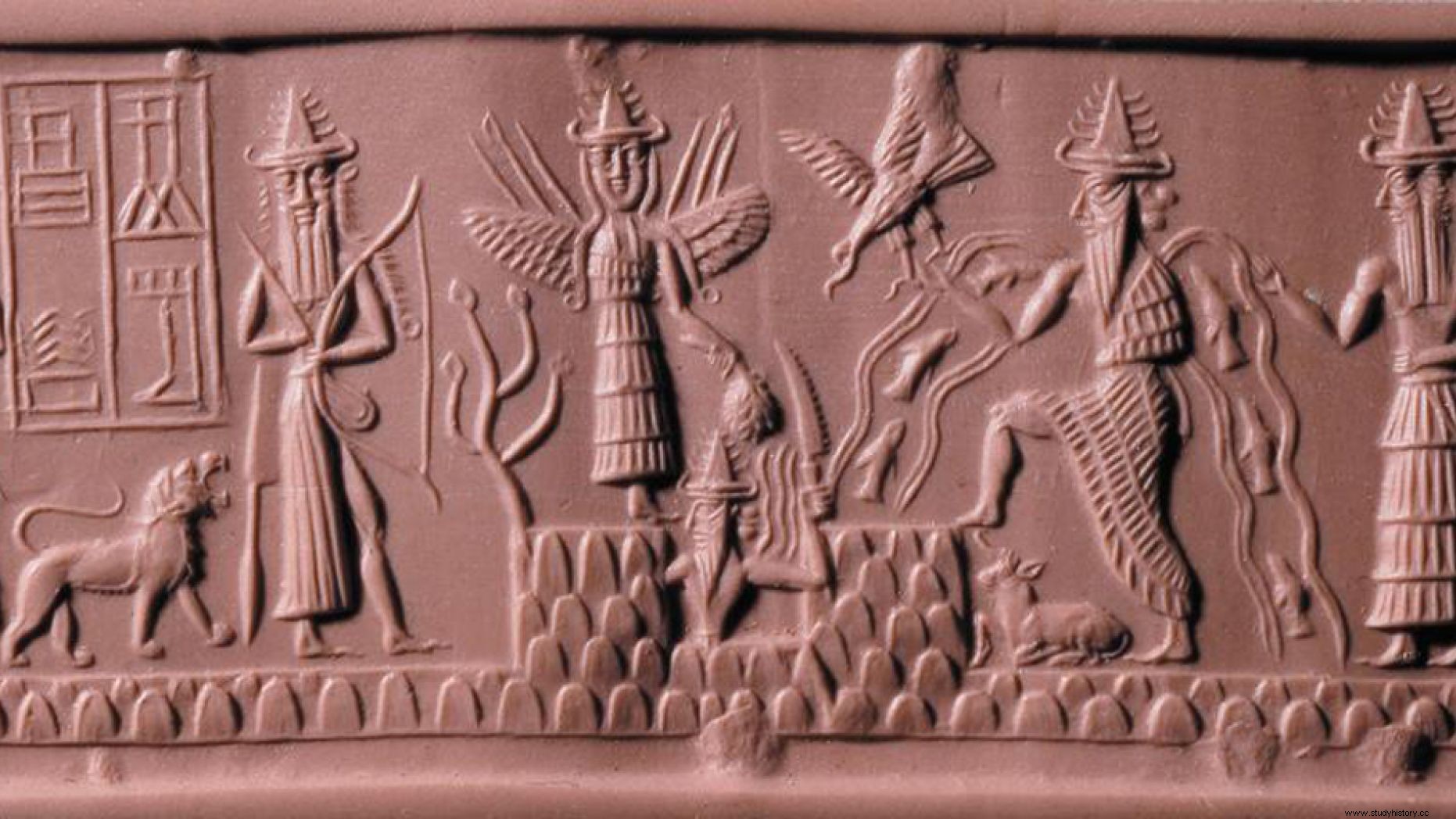
Before we begin, let's first understand why mythological stories are important, what purpose they serve, and what message they seek to convey.
Some myths are based on reality, while others are completely fictional. But even if they are based on true events, there is no evidence that the event ever happened. The origin of these stories is therefore almost always unknown.
The purpose of many of these stories is symbolic and is meant to inspire people. It is common to see stories of hope and motivation to do the "right thing". They also instruct social norms that determine what is accepted and what is not.
In addition, the characters in these stories act as role models and communicate their duties and responsibilities as members of society. For example, the main character is often portrayed as an ideal person with pleasant qualities and characteristics. Shows that they always fulfill their responsibilities and are always victorious in all their endeavors. Many stories do not always end in a positive tone, teaching certain morals or lessons to the audience.
These stories also address human concerns such as death, birth, afterlife, origin, good and evil, and so on. And they even try to explain why things are the way they are. This provided some clarity, and satisfied humanity's general curiosity about the unknown.
Furthermore, myths are a culture's way of transmitting and rationalizing their traditions and beliefs. Putting faith in these stories was a way for like-minded people to stick together and identify as one community.
Most importantly, they also tell us how people used to live their lives and what they thought, but this information cannot always be historically verified.
Many even believe that what we consider to be mythology today may have been a religion followed by civilization in the past.
A brief introduction to Mesopotamia and Mesopotamian myths
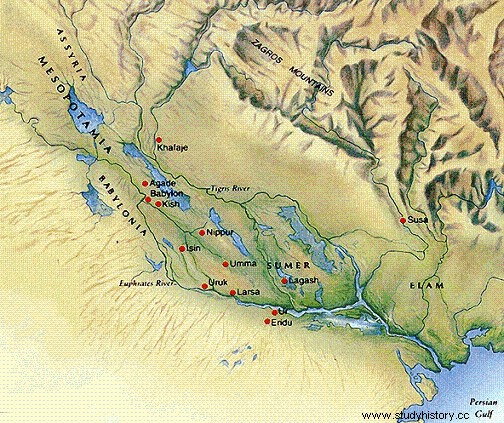
Mesopotamia is a Greek word that translates to 'the land between the rivers', and refers to the strip of land between the rivers Euphrates and Tigris. Civilization is known as the cradle of civilization, as that is where great human developments took place.
Mesopotamia is the oldest known civilization spanning today's regions of Iraq, Syria, Turkey and Kuwait, and developed between 11,000 and 12,000 years ago. This is where humanity first began to settle, engage in agricultural activities and establish communities.
Over time, these societies developed their own cultures and then their own histories to respond to the inexplicable and to transmit their values and perceptions.
Mesopotamian mythology is a collection of traditional stories from the different cultures that once existed in ancient Mesopotamia. Many notable cultures existed in ancient Mesopotamia, such as Sumerian, Assyrian, Akkadian, and Babylonian cultures. While they all had their own stories to tell, they all shared common themes and the stories seemed to be inspired by each other.
Mesopotamian mythology also includes all kinds of other literary works, such as epics, hymns, poems, ritual books, etc. from ancient Mesopotamia.
How do we know about Mesopotamian myths?
Compared to other ancient civilizations, information on Mesopotamian mythology is limited. This is largely due to the sheer age of Mesopotamian civilization. It left only limited artifacts or fragments of these elements for future generations to discover and decode.
Mesopotamia was the first civilization to develop a writing system. Civilizations used wedge-shaped symbols to impress clay or stone tablets to write in their languages. This was cuneiform script, one of the earliest forms of writing. Most of these texts are written in the Sumerian and Akkadian languages. At that time, the task of writing on tablets was assigned to scribes who used to work in palaces and temples. It is thanks to these tablets that Mesopotamian literature has managed to survive.
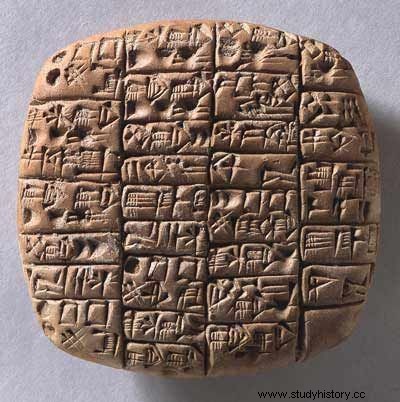
As discussed earlier, Mesopotamian myths include all kinds of literary works. Some of these surviving tablets contain large texts that interpret the warnings.
Ancient Mesopotamians believed that the gods conveyed their will through signs or signs. So people would notice these alerts and the incident associated with them. If one could notice a pattern or decipher what these warnings meant, they could predict misfortune and prevent them from occurring by performing certain rituals. The most notable of these texts is the omen series, known as shumma izbu.
Other tablets contain ritualistic texts, which also use stories to explain the need for these rituals. Some tablets simply contain ancient wisdom that tries to answer existential questions such as "What is the meaning of life?" "Who am I?" "Where did I come from?" "What is my purpose in life?" "What is my fate?" etc.
inconsistencies
Like the myths we know today, myths from that period also had variations of the same story. The stories would become more and more incompatible with geographical differences and as the physical distance grew.
In addition, some stories will get lost in translation as literary works were translated from Sumerian and Akkadian into other languages, such as Assyrian, Babylonian, Amorite, etc.
Types of Mesopotamian Myths
Most myths in all cultures can be categorized into three main types. The first type is the etiological myths. These stories explain why something is the way it is. Stories of origin or creation or stories that tell about the duties of a character are just a few examples of etiological myths.
The second type are historical myths. These tell an event from the past in a theatrical way to add value and depth to the story. The events or characters from these stories can be related to the events, characters and their characteristics from today.
Finally, there are psychological myths. They describe a journey into the unknown or tell a story where the physical world connects or balances with the inner self and consciousness.
Myths of Mesopotamia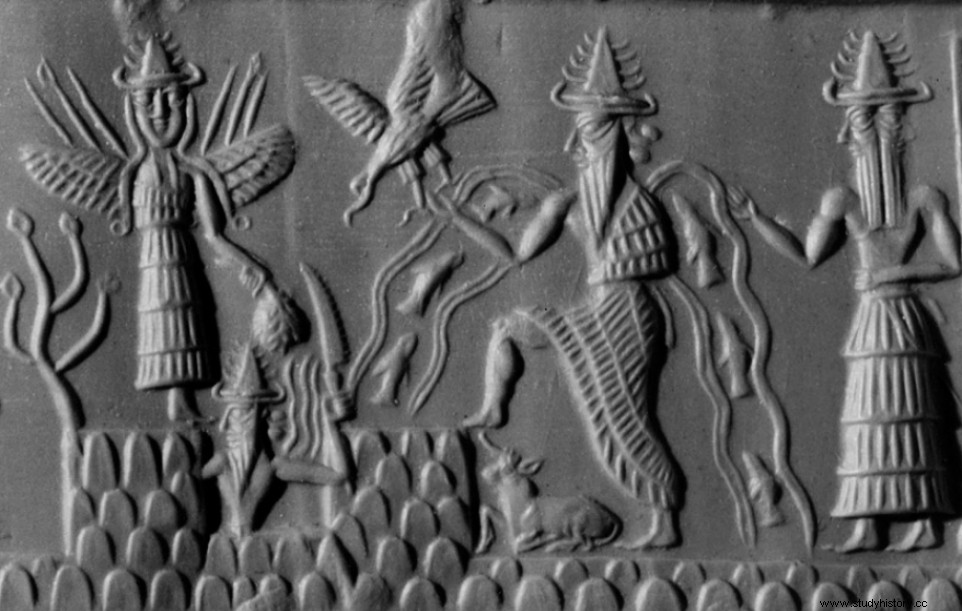
The Mesopotamian cultures practiced polytheistic religions and worshiped deities with anthropomorphic features. These gods and goddesses represented the elements of nature, the world and the activities in it, similar to Greek mythology.
The stories contain highly mythical heroes, gods and goddesses. Here is a list of some of the most important gods that are often part of many myths:
NOTE: Across the various Mesopotamian cultures, deities are perceived based on their culture. The same god or goddess may therefore be known by different names and may have slightly different characteristics and responsibilities towards their cultural colleagues. The names of the gods are written in parentheses, while the corresponding culture that identifies with the god or goddess is given in parentheses.
A (Sumerian) / Anu (Akkadian):The god of the heavens, originally the supreme God.
Enlil (Sumerian) / Ellil (Babylonian):God of the Atmosphere and the Sky
Enki (Sumerian) / Ea (Babylonian):God of Wisdom and Earth
Marduk (Babylonian):King of the Gods, Dens by Enki
Ashur or Assyria (Assyria):King of the Gods
Inanna (Sumerian) / Ishtar (Akkadian):Goddess of love, war, beauty.
It is important to note that different gods act as the king of the gods in different cultures. It is usually the patron god of a city that is considered the supreme god. For example, Marduk is considered the king of the gods in Babylon, while An was Sumer's supreme god and Ashur was considered the most powerful in Assyria.
The Song of the Hoe
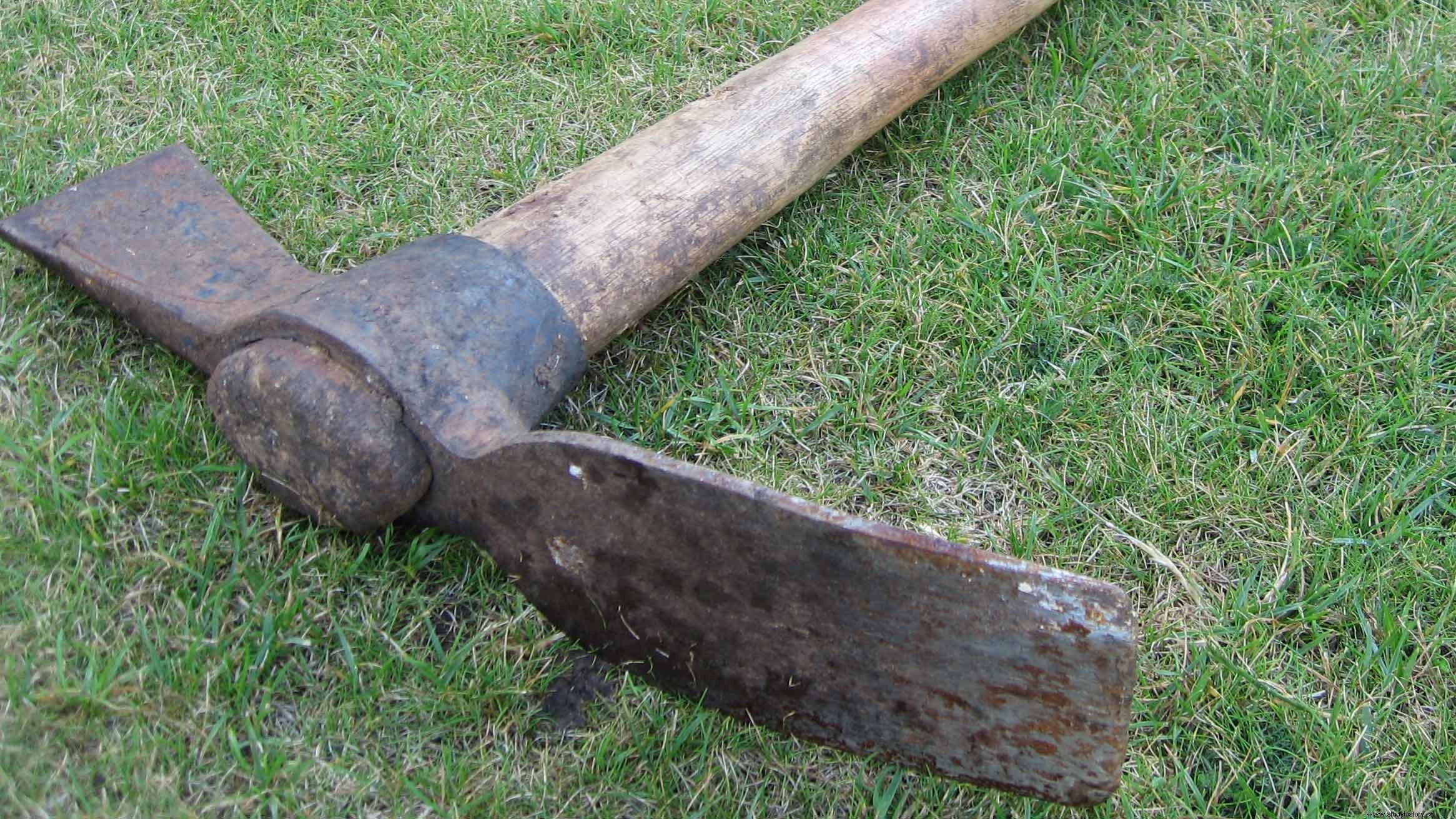
Myths in Sumerian civilization had no creation myths that explain the creation of the universe or the gods. They believed that the gods and the universe just happened to always exist. This theme remains consistent throughout all the remaining written texts found from 3000 BC. to 1000 BC However, there are stories that describe the creation of the earth, the sky, the underworld and humanity.
The Song of the Hoe is a Sumerian creation myth written between 3,000 and 2,000 BC. It tells how Enlil separated the heavens from the earth and created humanity.
Enlil first separated the heavens from the earth by means of a hoe, a tool he invented. He ensures that both kingdoms remain connected, so he connects heaven and earth through Duranki, a mountain house located in Nippur, in present-day Iraq.
The hoe referred to in this myth, looked more like a hoe than a garden hoe.
After separating the two kingdoms, Enlil created man with clay. Clay was the most important raw material used to make creatures and objects in most Mesopotamian myths. Once again, he uses the hoe for the process and gives rise to the first humans, so that they can serve the gods. Humans then take this hoe to cultivate crops, build temples, use it as a weapon, and bury the dead.
Enuma Elish
Enuma Elish is a 7-tablet long Babylonian creation myth written in 2000 BC. It is written in Akkadian in the form of a poem. It tells the story of how the universe, the gods and humans were created.
Before that it was just dark, a sea full of chaos. From this body of water appeared Apsu, the god of fresh water, and Tiamat, the goddess of salt water. Together they gave birth to several other gods. The oldest was Enki / Ea.
Ea and his siblings were noisy and disturbed Apsu. So he decides to destroy his children. Tiamat quickly warns Ea, who manages to put Apsu to sleep, and then kills him. He takes Apsus corpse and builds his home.
Tiamat is furious over Apsu's death and declares war on her children. She creates an army of monsters and continues to fight the young gods.
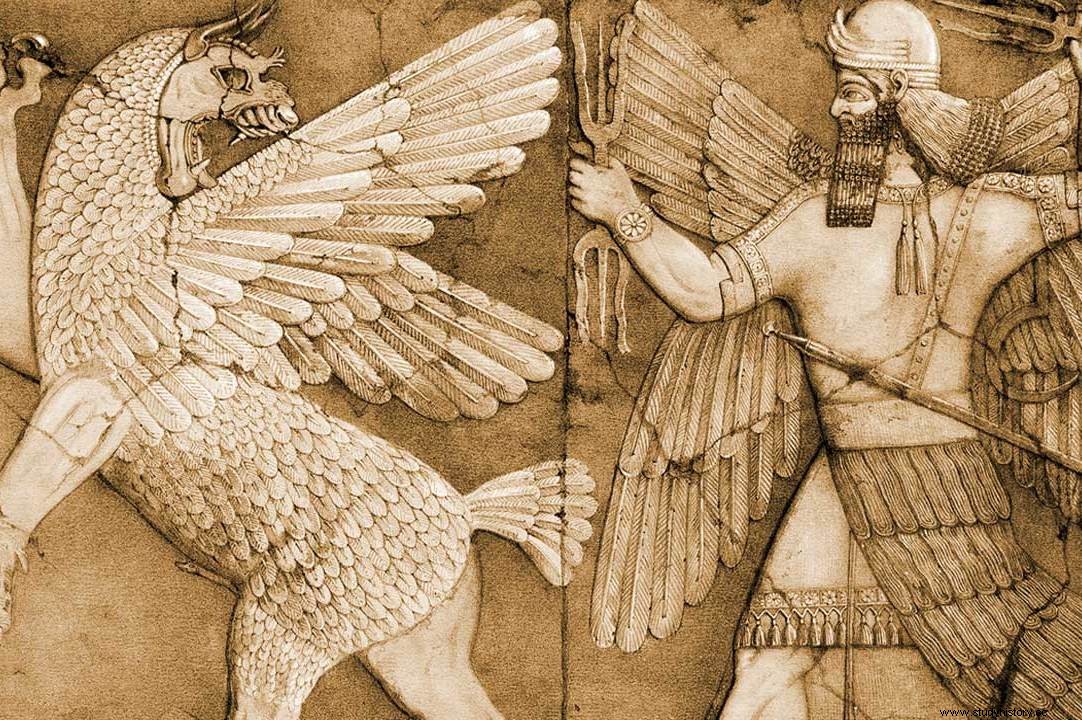
Meanwhile, Ea and his wife give birth to their son Marduk, who then kills Tiamat by shooting her with an arrow. She is divided into two. Her eyes create the rivers Euphrates and Tigris, and her body is further split to create heaven and earth. Marduk then assigns each of the gods a responsibility to take.
Then he takes the remains of Tiamat masters and with their blood he creates Lullu, the first man. He is given the responsibility to help the gods maintain order and avoid chaos.
Marduk then established the city of Babylon and became its patron god.
In Babylon, it was a tradition to recite this poem at the Akitu festival, which was the Babylonian New Year.
The Epic of Atra-Hasis
Atra-Hasis is an Akkadian epic that has many versions, but the most complete version was written in 1700 BC. The epic contains stories about creation and a flood-related myth.
The story begins at a time after the earth was created, but before humans were created. Anu, the king of the gods and the god of the sun and of the sky, Enlil, the god of the land and Enki, the god of the sea and the underworld, guarded the earth. Meanwhile, other lesser gods were responsible for maintaining the earth. They were given the task of performing tasks such as desilating the Tigris and Euphrates rivers. These gods did not like the task and eventually decided to protest. As a result, the chief gods decided to create humans so that they could take care of the land for them and offer sacrifices to the gods through worship and sacrifice.
The workload was taken by the gods, and basically they liked it. As humans began to populate, they began to create a lot of noise and chaos. Enlil in particular was very disturbed by this cacophony. Then he decided to eliminate humans - the source of the noise.
Destroying humanity
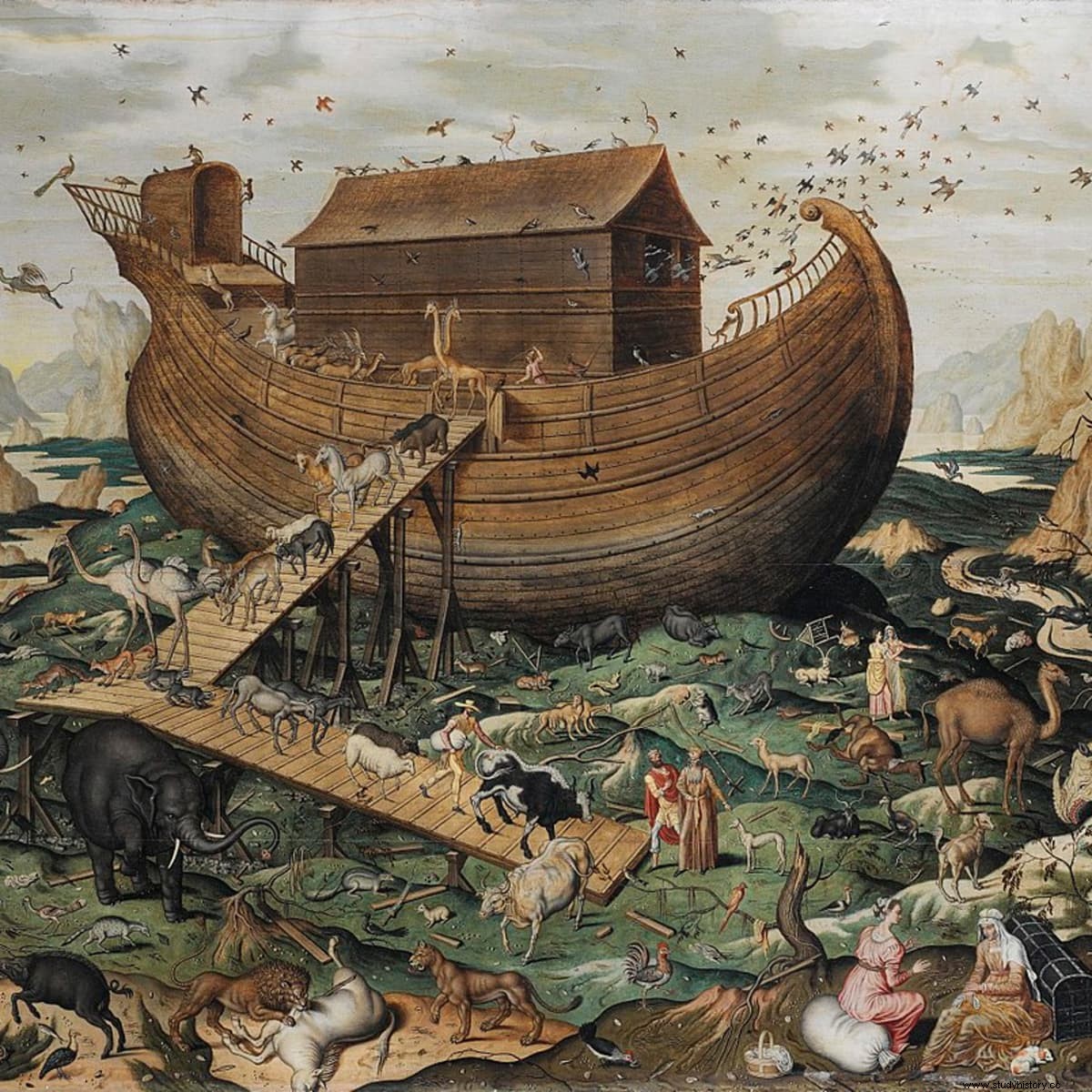
Enlil sends various afflictions on earth, but does not succeed because of Atrahasis, the wisest man on earth. He tells others that by sacrificing to the gods who are responsible for spreading the plague, they can defeat it. And they did. Enki, impressed with this, supports Atrahasis.
After many unsuccessful attempts to destroy humanity, Enlil decides to drown all humans by flooding the world. He manages to include all the other gods in his plan and makes them swear not to warn Atrahasis and not to be held accountable by their sacrifices. However, Enki indirectly informs Atrahasis and speaks to him through the reed walls of his home. He warns Atrahasis about the flood and instructs him to build a ark and take two of all kinds of animals in the ark.
When the world begins to flood, Atrahasis is prepared. The storm lasts for seven days, after which the water subsides. When Enlil and the other gods saw that mankind was destroyed, he resented his actions. That's when Atrahasis introduces himself and sacrifices.
Enlil is then furious with Enki for sharing his plans, but he defends himself and says that he did what was necessary to save his life. Finally, the gods gather to discuss different ways to control the population, to reduce the disturbing noise. So, they decided to create women who could not give birth, to create demons that have miscarriage and infertility, and made it mandatory for women dedicated to God to remain virgins.
Meanwhile, Atrahasis is taken to paradise away from the new generation of humans.
The Epic of Gilgamesh:The World's Oldest Literature from Mesopotamia
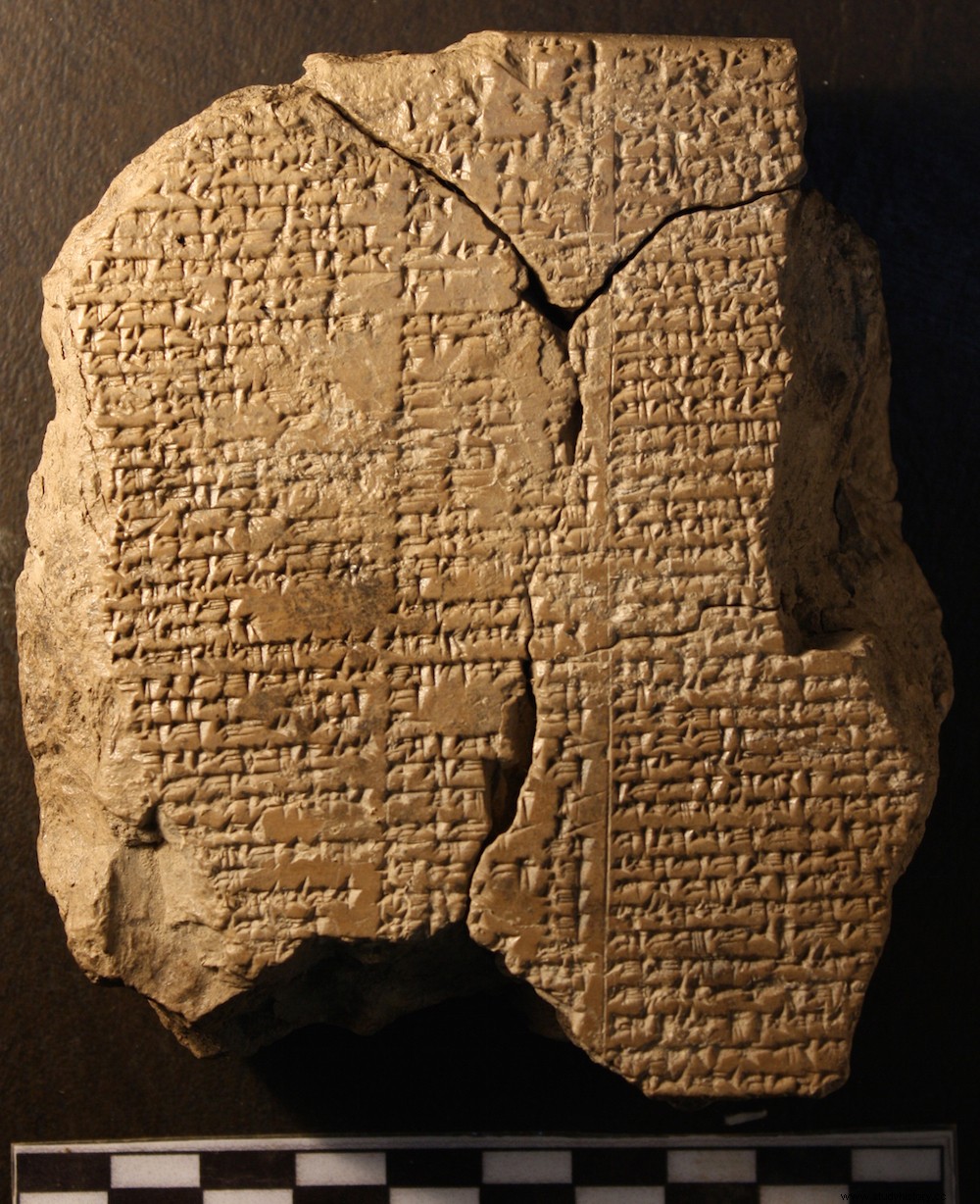
The Gilgamesh epic is the oldest known literary work in the world. It is also the oldest mythological history in the world and was written between 2150 and 1400 BC. The Gilgamesh epic is a Sumerian literature recorded in 12 tablets. It is a series of poems that tell the tales of Gilgamesh, the hero and later the king of Uruk, one of the early Sumerian cities.
There are several versions of this myth, and the following section retells one of the versions.
Gilgamesh is a skilled but arrogant king. After getting tired of his behavior, his research asks the gods to act. The gods hear their cries and decide to teach Gilgamesh a lesson in humility. Aruru, the goddess of the earth and fertility, creates Enkidu, a wild man. He gets the same physical qualities as Gilgamesh. Enkidu is transformed into a civilized man by means of Shamhat, the holy prostitute. When he was a civilized man, he was introduced to civilization and introduced to Gilgamesh. Enkidu then challenges Gilgamesh's position as king, and they both begin to duel.
Gilgamesh realizes that Enkidu is a worthy opponent, and soon they both realize that they can not defeat each other. So they stop fighting and become best friends.
The pursuit of immortality
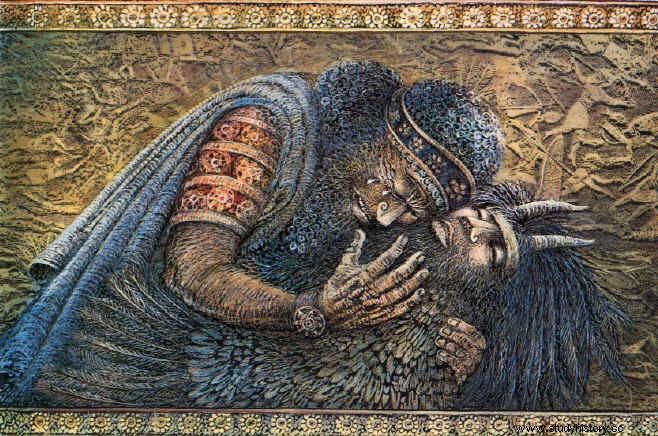
Some time passes when Enkidu is sentenced to death by the gods for his hostility towards them. Deeply shaken by his best friend's death, Gilgamesh embarks on a quest for immortality. On his journey, he is advised by various characters not to seek immortality and just enjoy time as a mortal. He still tries to chase immortality, but fails in the end. Finally, he gives up his quest for immortality, takes the advice given to him, and embraces the fact that life has its limits. He returns to his kingdom as a wiser person and a better king.
How did these myths shape ancient Mesopotamia?
Mythology and religion were used as incredible political and administrative tools. Laws of ancient Mesopotamia were believed to be a decree from the gods. Stories of deities and their power were used to discuss and enforce various agreements between political figures in Mesopotamia.
Leaders who won wars would give credit for the victory to the gods. In addition, the rulers of Mesopotamian cities wanted to convince their subjects that they had certain powers because the gods wanted them. This is how many believe that early politicians used mythology and religion for their propaganda at the time.
Cities and nations had their own patron deities. Myths were brought to life when it motivated the construction of many buildings and the creation of works of art. For example, sculptural figures of the gods and the construction of worship centers, known as ziggurats. Mythology was also used as a way to explain their existence, the way the world works and at the same time transfer their history and culture. Just like many myths in the world.
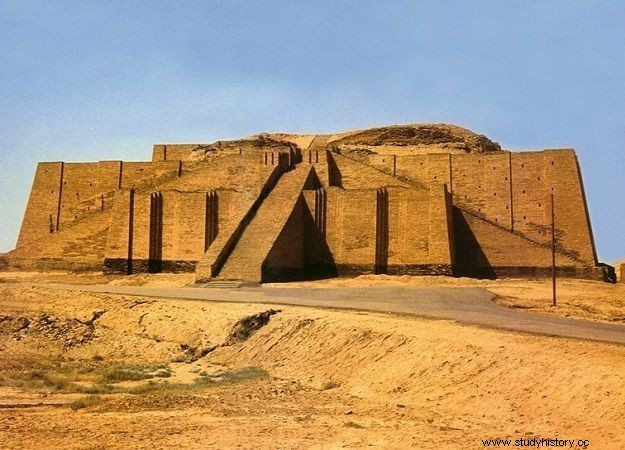
Finally, these myths instilled values such as responsibility and discipline. The ancient Mesopotamian people believed that they worked with the gods, not under them. In many of the creation stories, the gods created humans so that they could do the work that the gods did and take the burden off them. Many interpreted this as working with the gods, as they did their part in keeping the world in balance, while keeping the gods happy through prayers, habits and rituals.
Do not hesitate to share your thoughts in the comments below.
Click here for more articles like this.
